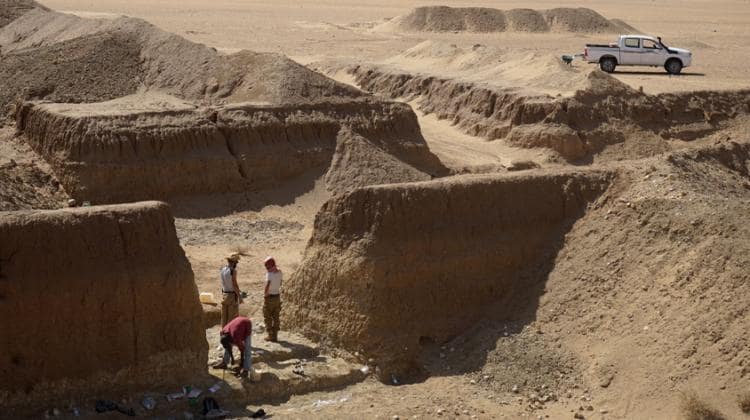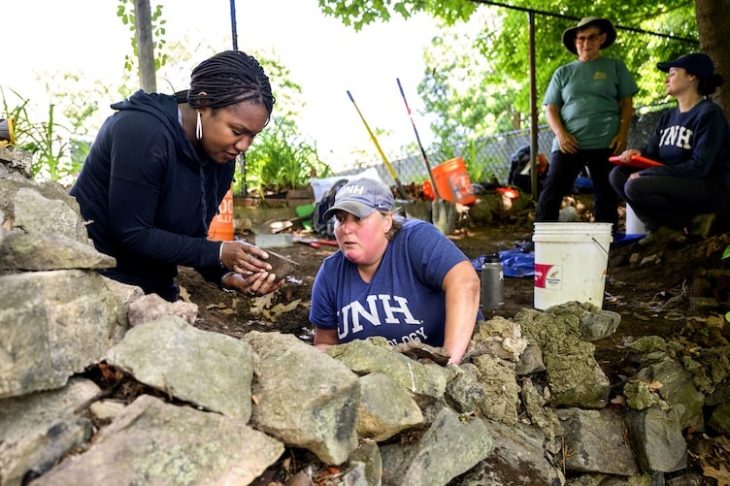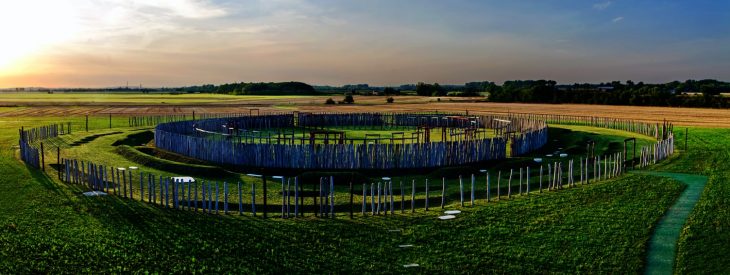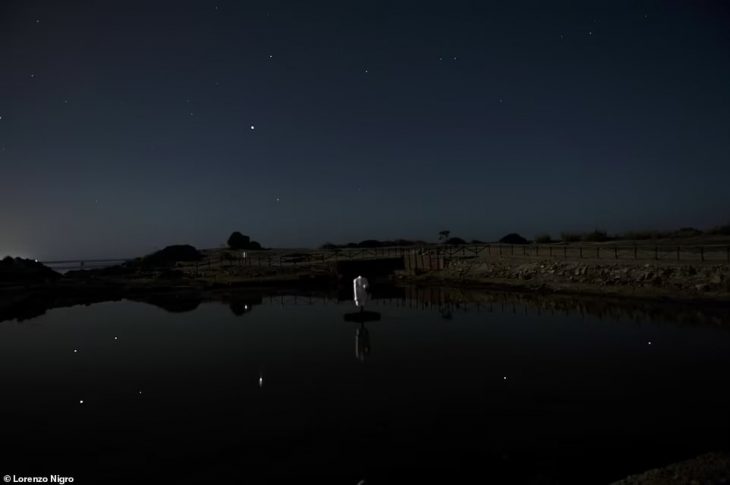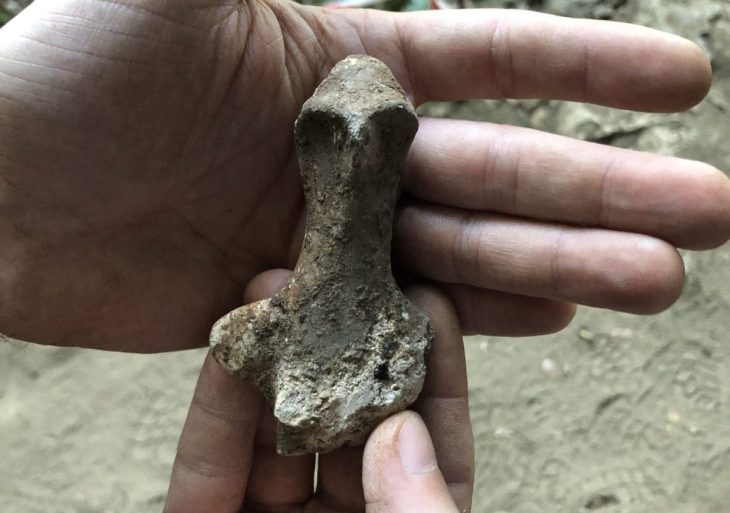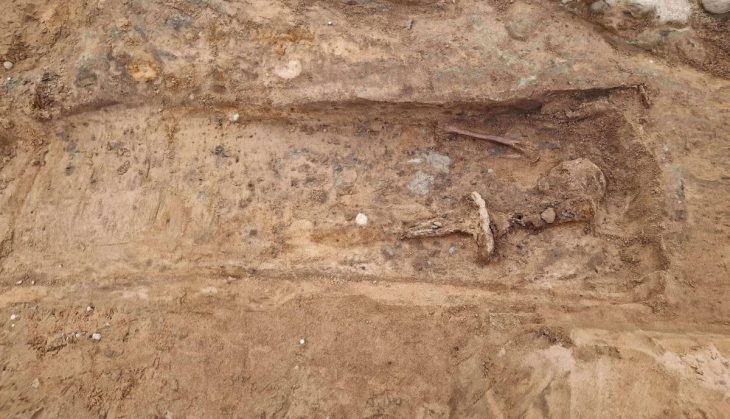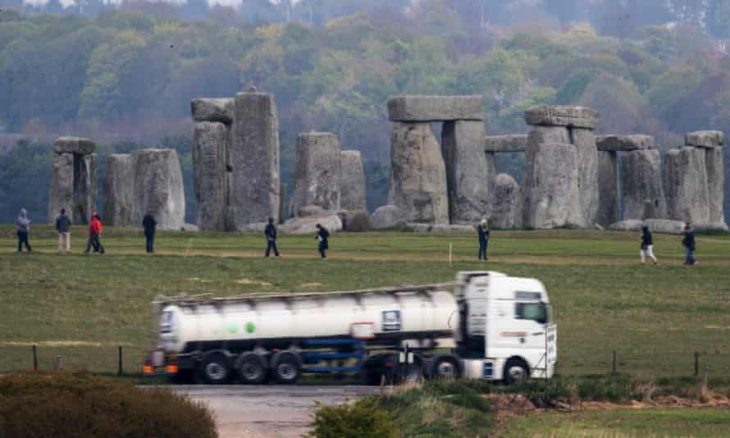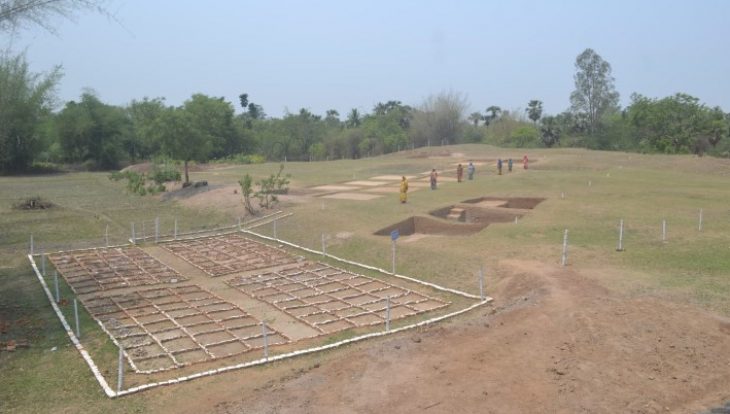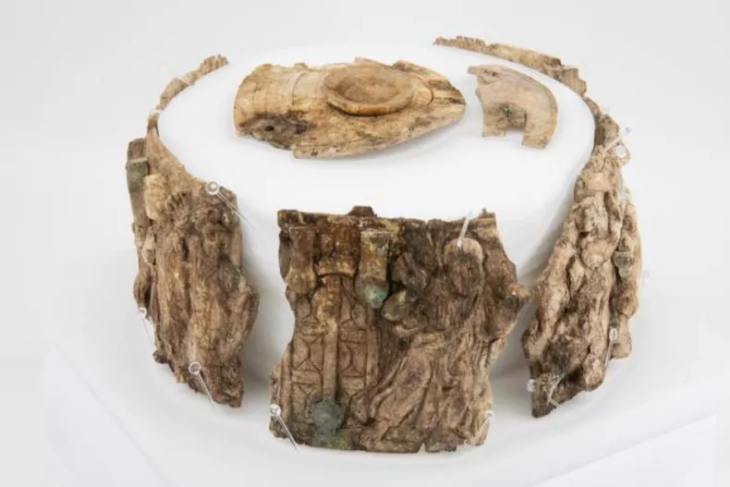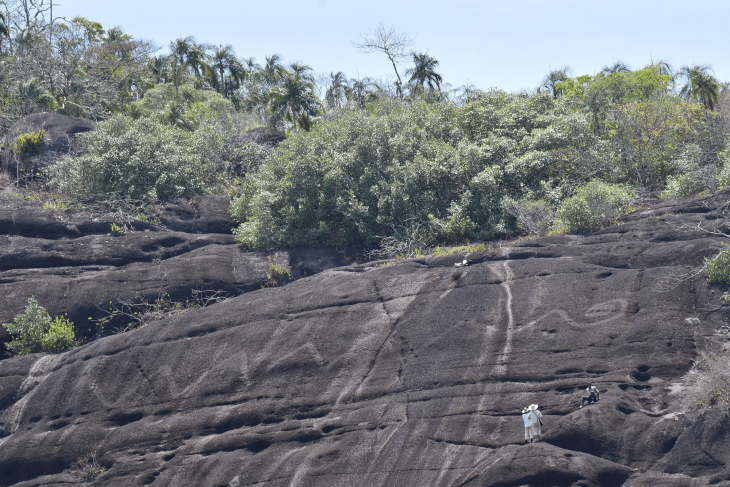Some of the earliest signs of human life dating back 1.8 million years have been discovered in an old gold mine in the Eastern Sahara.
Archaeologists from the University of Wrocław came across a horde of tools belonging to the African variety of Homo erectus, the precursor of humans (Homo sapiens), some 70 kilometers east of Atbara.
Among the hundreds of artifacts were huge, almond-shaped cleavers that resembled fists, weighed several kilograms, and had chipped edges on both sides that formed a rounded tip at the junction.
“In the eastern part of Sudan, in the Eastern Desert, like in many places in the Sahara, a gold rush broke out. People were looking for this valuable ore in makeshift, open-cast mines. While exposing subsequent layers, miners came across several-hundred-thousand-year-old tools.”
Archaeologists were able to assess the age of the instruments by analyzing layers of soil and sand above the artifacts using the optically stimulated luminescence (OSL) technique.
Research project leader Professor Mirosław Masojć from the Institute of Archaeology of the University of Wrocław said: “It turned out that they were about 390,000 years old. This means that the layers below are certainly older. Based on the workmanship, I believe that the tools may be over 700,000 years old, perhaps even a million years old, like their counterparts discovered further in the south of Africa.”

Professor Masojć team had previously found hand axes and other instruments, but never ones that were physically so similar to or as ancient as those from equatorial Africa.
Since all finished ‘products’ and flakes produced during their processing have been preserved, it is now believed that the site where the artifacts were found once housed a workshop where tools were made.
Masojć added that these are the oldest known human creations with such a well-confirmed chronology from Egypt and Sudan. He said: “Ancient tools are found in deserts, but never before have they come from layers that would allow to safely determine their age.”
Nearly 200 sites where Palaeolithic stone items have been preserved have been discovered thus far by researchers. Some are trapped in tunnels (these are located about 350 km north of Khartoum). Both Homo erectus and Homo sapiens used a variety of methods, according to the researchers. The tools’ ages range from over half a million to 60,000 years old.
Masojć said that it is possible that even older artifacts exist in the mines’ deeper levels, but that reaching them is currently difficult.
Researchers from Saudi Arabia, South Korea, Germany, and the US were involved in the project financed by the National Science Centre. The research results have just been published in the prestigious journal Plos One (https://doi.org/10.1371/journal.pone.0248279). Detailed information about the project can be found at: http://sudan.archeo.uni.wroc.pl/ (PAP).
Source: Science in Poland

